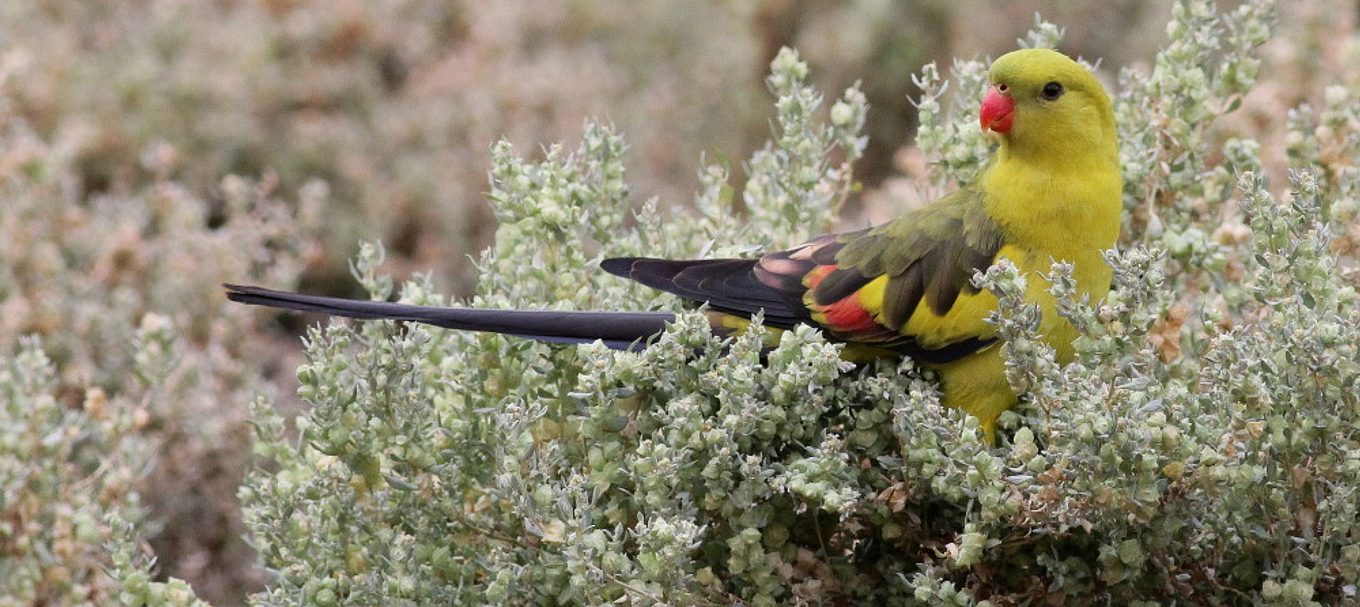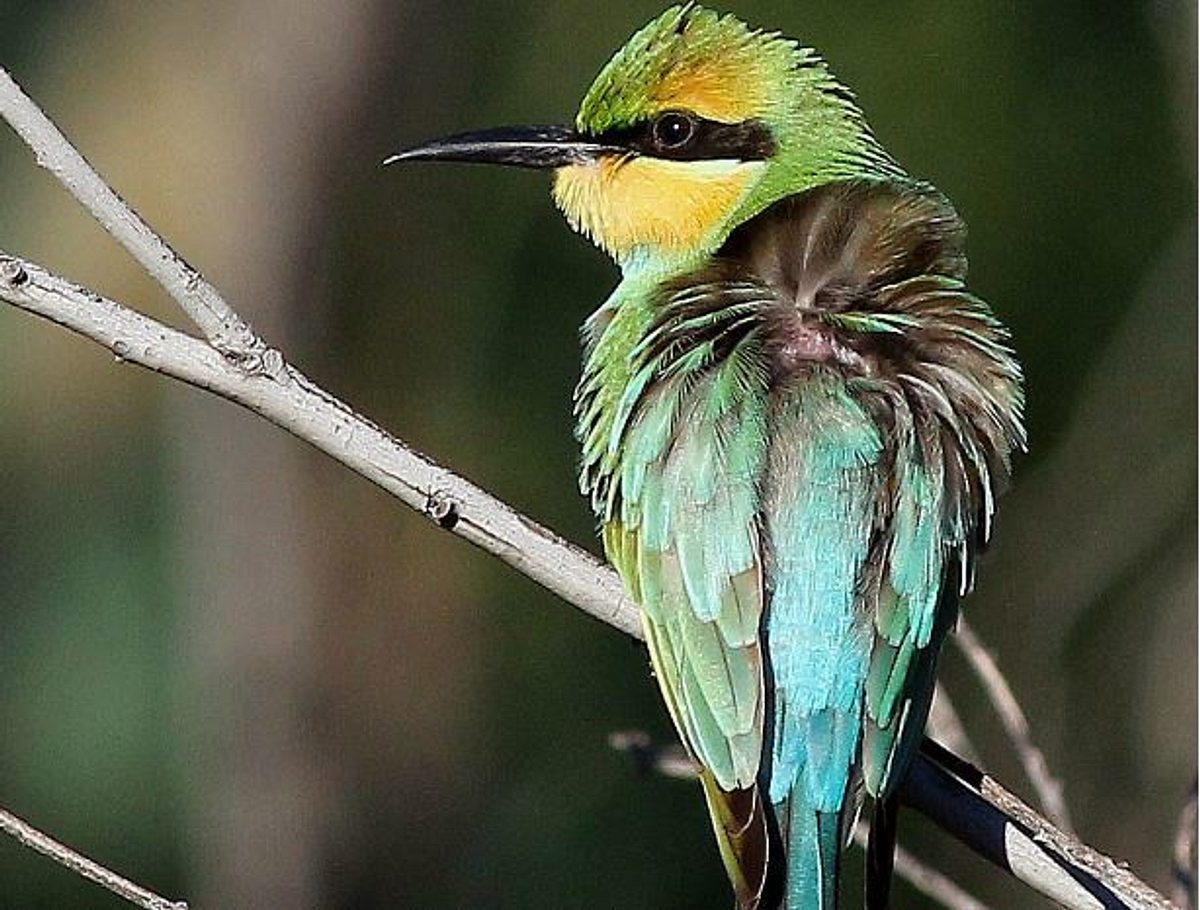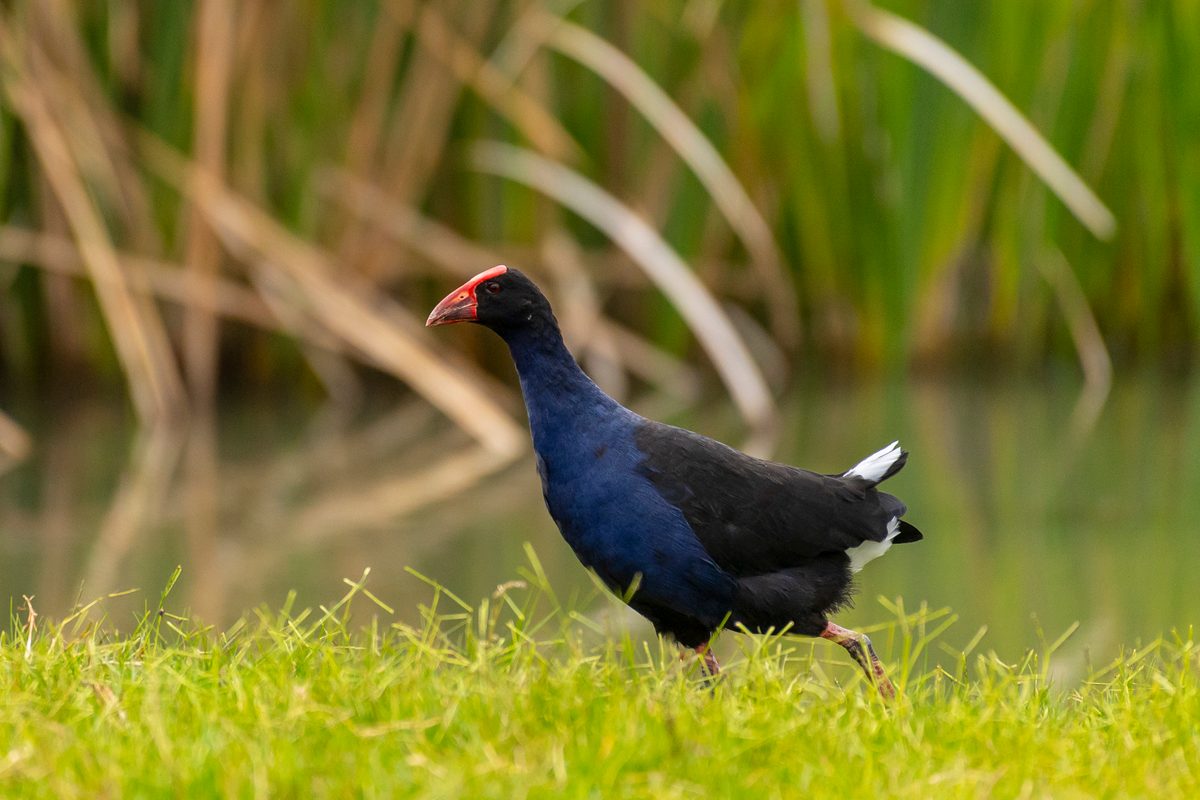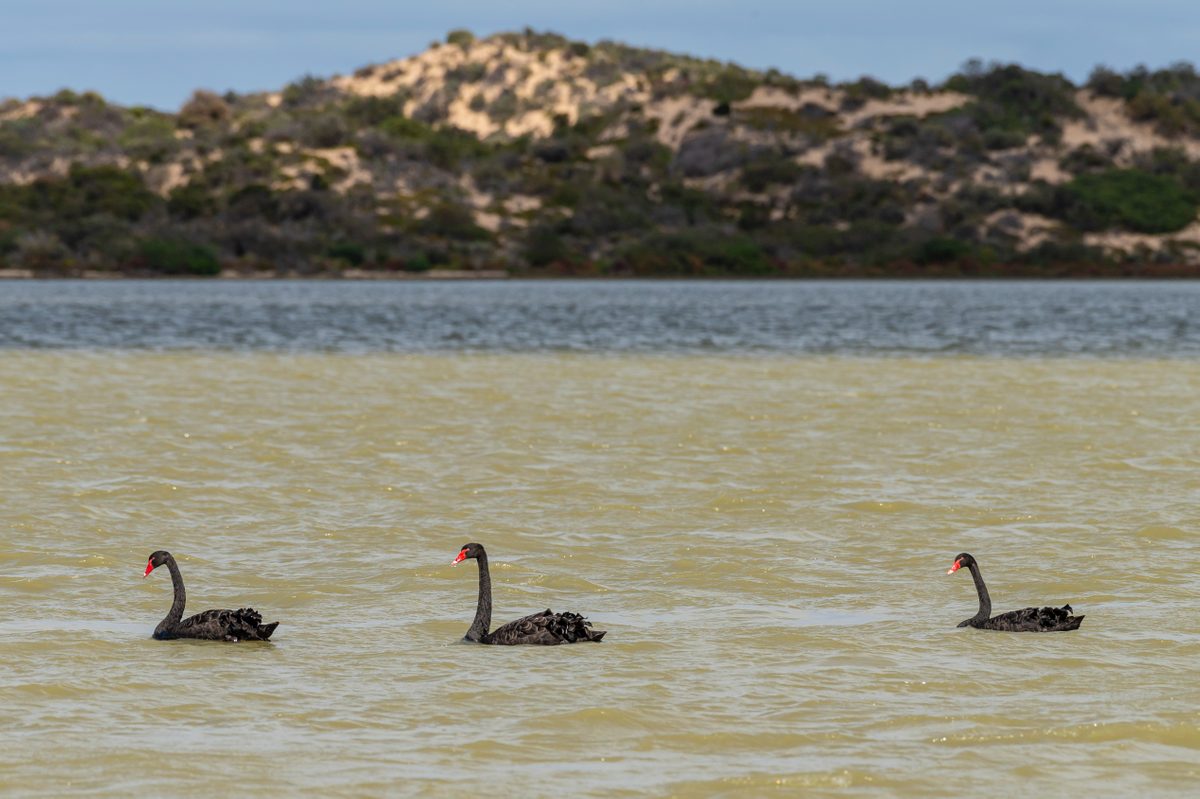
How to join the flock for a global bird-watching event
Bird-watchers around the world are set to unite for a yearly global event. Here’s how to get involved
Dust off your binoculars and start gearing up for the world’s largest bird-watching event – Global Big Day.
Held each year on World Migratory Bird Day on 14 May, the event is a way of celebrating the birds around you and capturing data that will help scientists better understand global bird populations.

How do I get involved?
Global Big Day is a great opportunity to get out into nature and join forces with bird enthusiasts from across the globe.
Participating is easy. All you need to do is find a spot in nature – it can be from home, a local wetland or bird hot-spot – and record any birds that you see and hear. You never know what you might spot!
How do I report my data?
If you can only spare 5 or 10 minutes to bird-watch, you can then report your bird observations to eBird online or with the free eBird Mobile app.
If you have more time, you can submit several checklists of birds throughout the day.
How big is the event?
Last year more than 51,000 people from 192 countries submitted 134,000 bird checklists, with 7,333 different bird species observed, setting 4 new world records for a single day of birding.
Australia was ranked 15th in the world for number of species observed, with 554 different birds spotted.

What’s happening locally?
This year, water managers across the Murray-Darling Basin have formed a team and will attempt to help Australia move up the rankings.
In South Australia, a team led by the Department for Environment and Water will be taking part at locations in the Lower Lakes and Coorong and Riverland regions.
South Australia’s wetlands and floodplains play host to an amazing variety of bird species from shorebirds, fish-eating species, waterfowl and bush birds across the Murraylands and Riverland and Coorong and Lower Lakes regions.
Although most migratory waders have returned to the northern hemisphere in the Australian autumn, there are still many bird species to observe and record.

If you’re interested in bird-watching, read about the birds you could see in the Adelaide International Bird Sanctuary.
Main image: Regent parrot (image courtesy of Helga Kieskamp)





